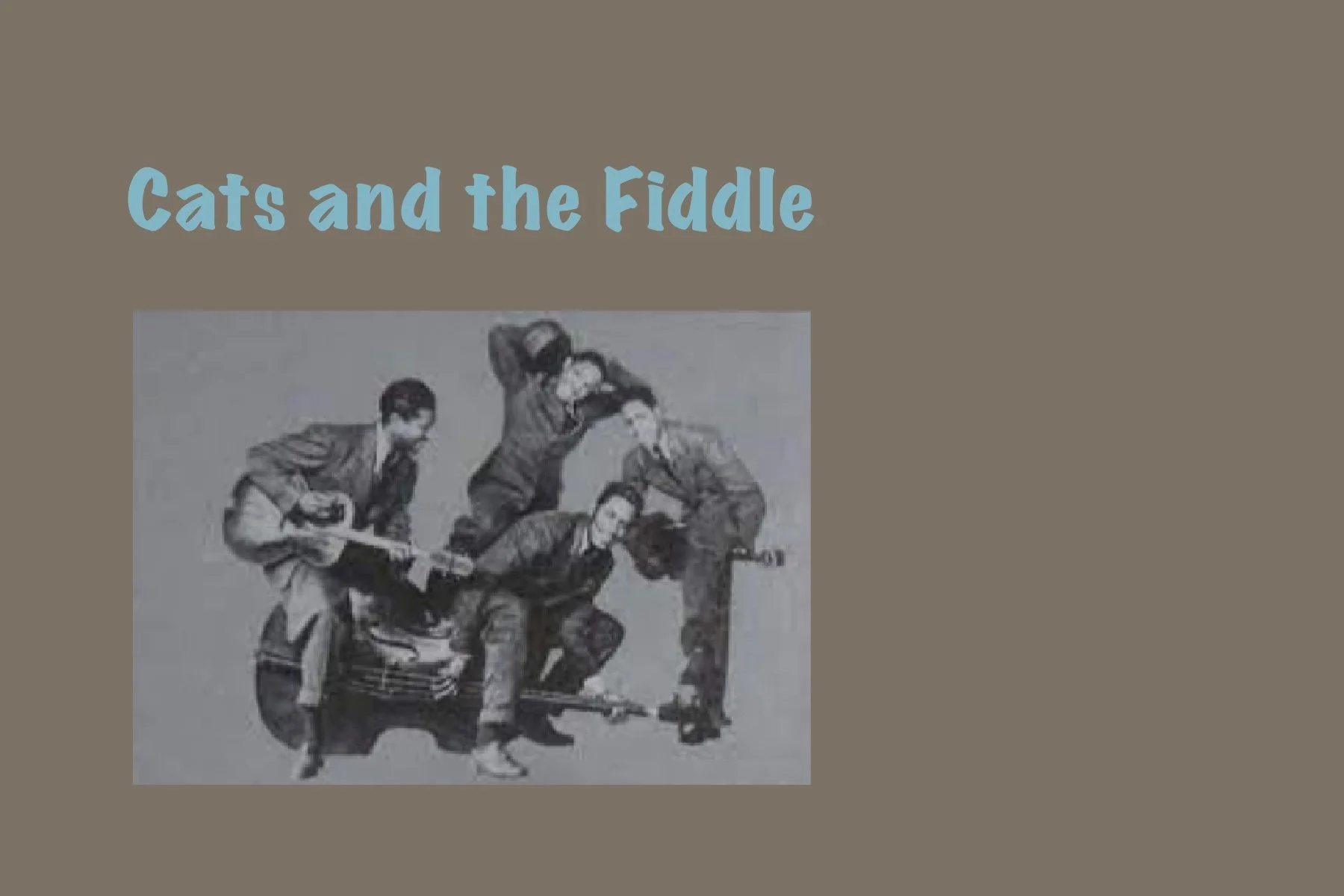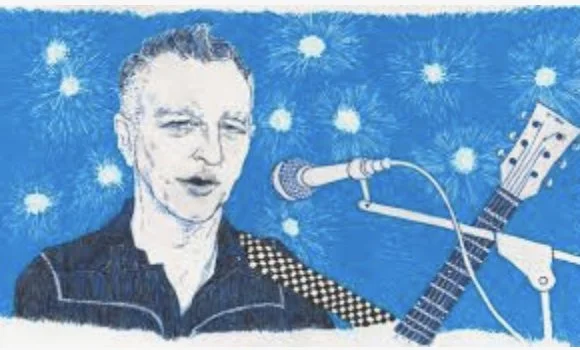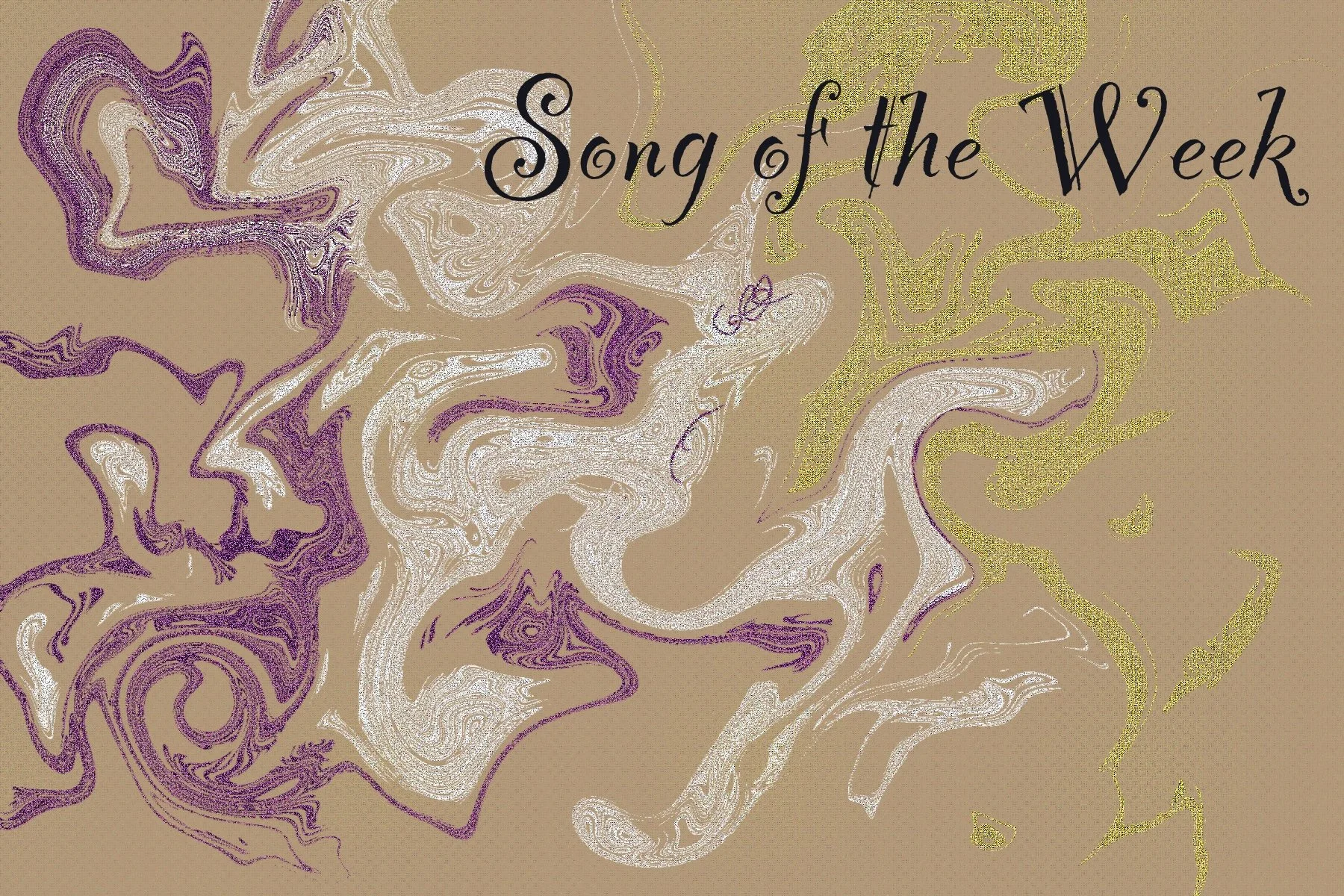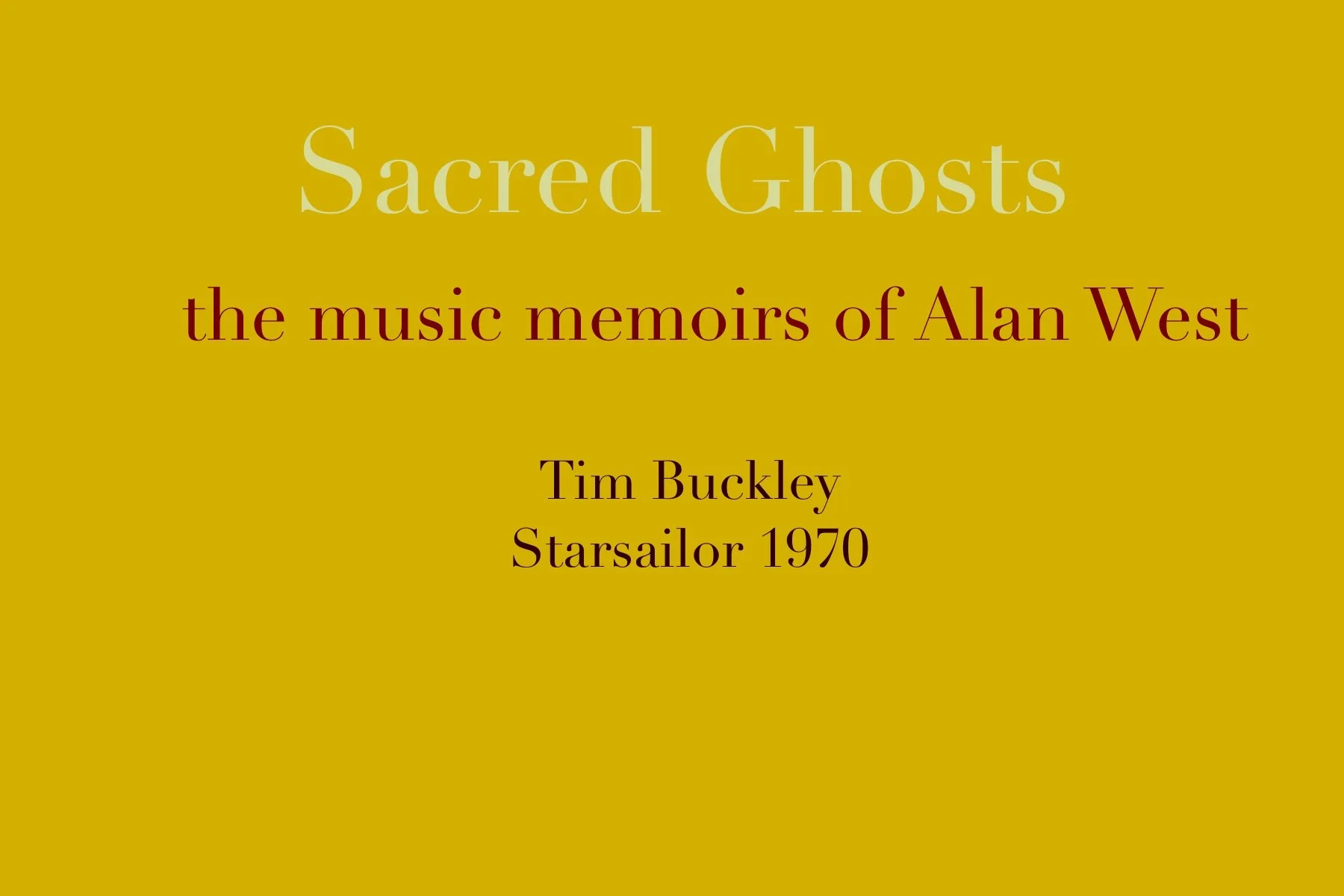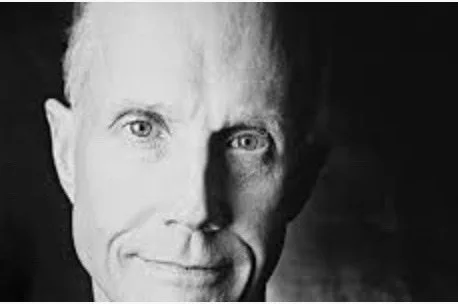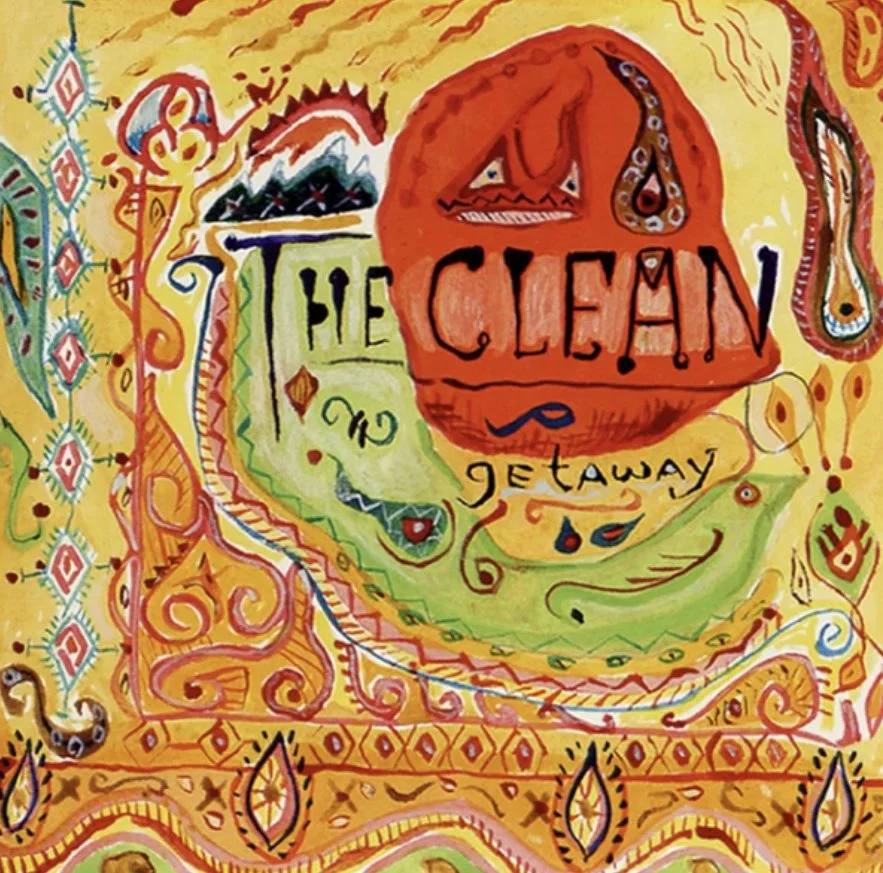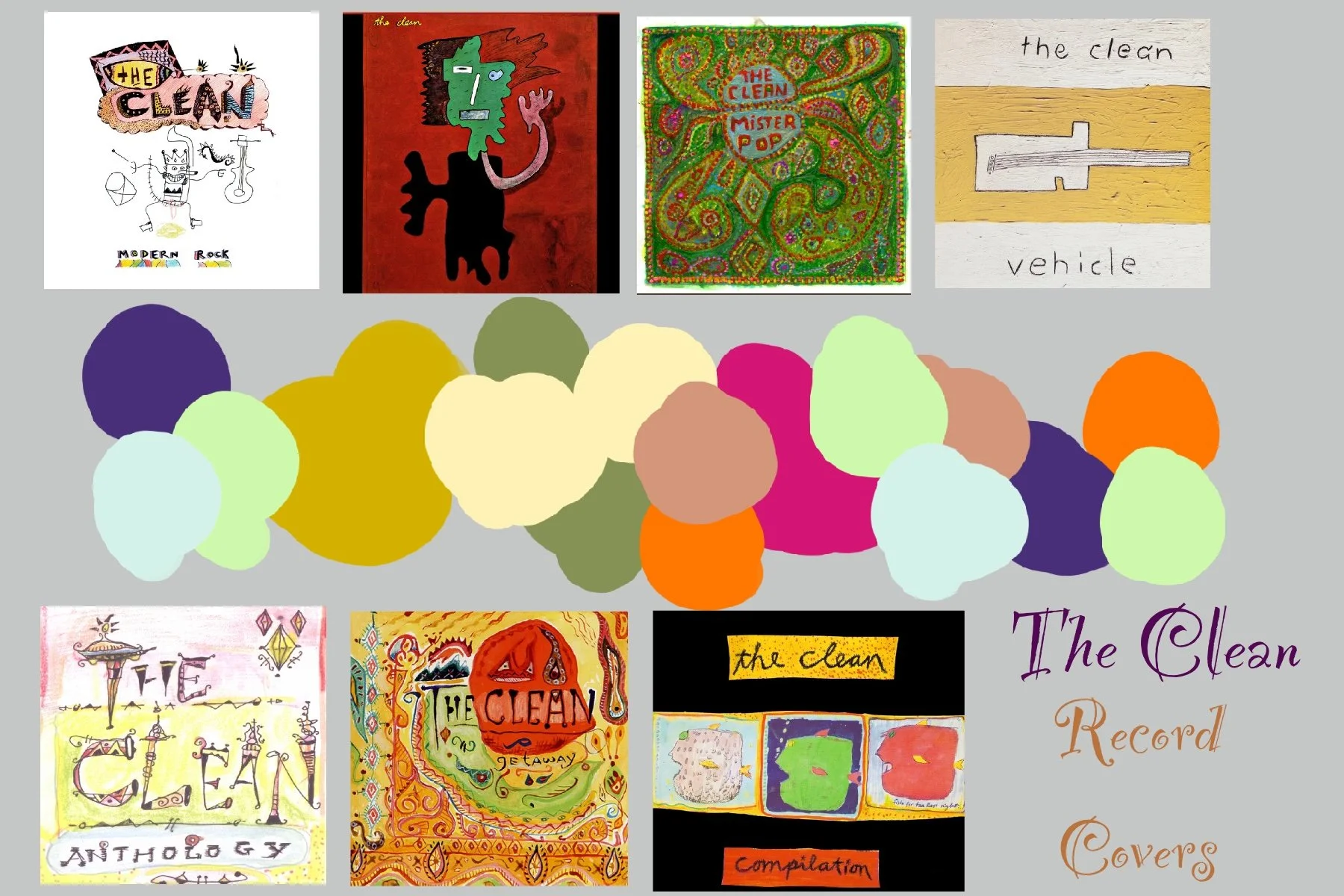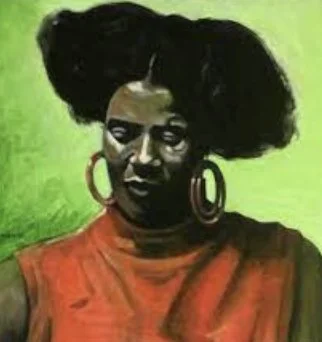The Cats and the Fiddle, 1937-51 separate themselves easily from the talented pack of 30’s and 40’s good time experts in American r&b. How can you doubt? Check the video. Their format: 3 groovey minutes of acrobatic vocal-easy scatting and high strung, guitar stringing instrumental all-that-ing. For the record they consisted of Austin Powell (guitar and lead vocals, Jimmy Henderson (tenor, tiple), Chuck Barksdale (bass vocals, upright bass), and Ernie Price (tenor, guitar.). The scarey talent of instrumentalist Tiny Grimes also showed up later in their swingin history
Billy Bragg
“Tim Buckley
Starsailor 1970
Tim Buckley released nine studio albums in his all too brief 28 years, cut short by an accidental heroin overdose. The fifth, Lorca and the sixth, Starsailor both released in 1970, at the age of 23, were his most exploratory and extraordinary, but each further diminished Buckley’s audience. Starsailor contained Buckley’s most extreme vocal performance, ranging from high shrieks to deep, soulful baritone. This personal album included the more accessible though ethereal Song to the Siren, which he performed on The Monkees’ television show and which has since been covered by This Mortal Coil, Robert Plant, John Frusciante (Red Hot Chili Peppers) Bryan Ferry (Roxy Music) and Brendan Perry (Dead Can Dance). Tim’s version of Song To the Siren has 7M views on YouTube and This Mortal Coil’s cover has over 9M views. None other than Pat Boone first recorded the song in 1969.
The album was a critical and commercial failure. More recently adventurous critics and fans have lauded it. I loved it at the time and now 52 years later it is still ahead of it’s time.
Reviewer Dominique Leone in Pitchfork said of the album, “Starsailor is a masterpiece in every sense. It captured its maker at his freest and most willing to throw caution and sales to the wind, while simultaneously at his most creative and most capable of pulling off songs and moods that, from practically anyone else, would sound cartoonish, clumsy and confused.”
A brief overview of some of the nine tracks is as follows:
Come Here Woman has foreshadowing of Tim’s later sex infused soul/funk music combined with some outrageous interludes where he wails.
I Woke Up shows the strong influence of avant-garde classical and the music of Xenaxis and Berio combined with the vocal work of Cathy Berberian.
Monterey combines jazz-rock with witchlike howls, Leon Thomas yodels, chimpanzee shrieks and guttural moans.
Moulin Rouge is a song half in French that seems a bit out of place.
Starsailor may sound like a bad trip as exemplified by a 60’s grade B sci-fi movie. Is the tape played at altered speed? While the lyrics are at times hard to decipher, this is what the web claim they are.
I am a bee out in the fields of winter
And though I memorized the slope of water
Oblivion carries me on his shoulder:
Beyond the suns I speak and circuits shiver
But though I shout the wisdom of the maps
I am a salmon in the ring shape river
The Healing Festival introduces the listener into what could be a Haitian voodoo ritual anchored by a sprawling jazz/rock sax solo.
Down By The Borderline features a Latin trumpet introduction before Tim does his best Latin tinged scat. I’ve always loved this song.
Tim’s son, Jeff Buckley performed at a tribute concert for his father in 1991, and recorded his one and only studio album, Grace in 1994. Jeff died from drowning in 1997 at the age of 30.
Since Tim’s death a number of live recordings have surfaced that show his improvisational genius and how much variation there was in each song. Some of the best material can be found on Dream Letter: Live in London 1968, Venice Mating Call, Greetings From West Hollywood and Bear’s Sonic Journals: Merry-Go-Round at the Carousel.”
And here it is, Starsailor in its entirety ! After the first song finishes, a panel of info appears including the link to the remaining 8 tracks on the record. You have to click on the panel that appears after each song to access the whole album!
“And a karmic contrapuntal from our endless childhood, adolescence and beyond, that wily Mr. Everyman and woman, Mr. Know-It-All”
The late Tony Hoagland
“America
BY TONY HOAGLAND
Then one of the students with blue hair and a tongue stud
Says that America is for him a maximum-security prison
Whose walls are made of RadioShacks and Burger Kings, and MTV episodes
Where you can’t tell the show from the commercials,
And as I consider how to express how full of shit I think he is,
He says that even when he’s driving to the mall in his Isuzu
Trooper with a gang of his friends, letting rap music pour over them
Like a boiling Jacuzzi full of ballpeen hammers, even then he feels
Buried alive, captured and suffocated in the folds
Of the thick satin quilt of America
And I wonder if this is a legitimate category of pain,
or whether he is just spin doctoring a better grade,
And then I remember that when I stabbed my father in the dream last night,
It was not blood but money
That gushed out of him, bright green hundred-dollar bills
Spilling from his wounds, and—this is the weird part—,
He gasped “Thank god—those Ben Franklins were
Clogging up my heart—
And so I perish happily,
Freed from that which kept me from my liberty”—
Which was when I knew it was a dream, since my dad
Would never speak in rhymed couplets,
And I look at the student with his acne and cell phone and phony ghetto clothes
And I think, “I am asleep in America too,
And I don’t know how to wake myself either,”
And I remember what Marx said near the end of his life:
“I was listening to the cries of the past,
When I should have been listening to the cries of the future.”
But how could he have imagined 100 channels of 24-hour cable
Or what kind of nightmare it might be
When each day you watch rivers of bright merchandise run past you
And you are floating in your pleasure boat upon this river
Even while others are drowning underneath you
And you see their faces twisting in the surface of the waters
And yet it seems to be your own hand
Which turns the volume higher
”
I sure love The Clean, from New Zealand. The Wikipediaists puts their history this way: “
“Hamish and David Kilgour started to play and write music together in Dunedin in 1978, "building up a fat songbook of primitive punk, minimalist pop, infectious folk rock, and adventurous psychedelic instrumentals. Their sound was built around David Kilgour’s off-centre, 1960s-influenced guitar, Hamish’s motorikdrumming, and melodic driving bass, first from Peter Gutteridge, then Robert Scott".
Rock trios are a special breed. So much noise possible from just 3 people. And they fit into the lovable bag of lo-fi. So economy ends up being a lot. You might hear the Velvet Underground in them and that’s because the sonic imprint of that band won’t let go of rock history. Their sound keeps seeping into the continuing creative fray of music.
As to the Clean, what about the album covers!
Alice Coltrane
